LDV eT60 confirmed as first electric ute for Oz as Chinese brand announces EV triple-play
The LDV eT60 will become the first electric ute on sale in Australia when it arrives in dealerships in November as part of three-pronged EV attack from the Chinese brand.
LDV importer Ateco Automotive has announced plans to sell the eT60 EV as well as the eDeliver 9 large electric van and Mifa 9 electric people mover.
Importer Ateco Automotive sees the arrival of the three new EVs as a pivotal moment for the LDV brand.
“It’s brand transformational in terms of elevating our status,” says Dinesh Chinnappa, General Manager of LDV Australia. “Overnight we go from being a challenger brand in the ICE space to actually being a leader in the EV space.
READ MORE: EV ute overload: Every electric pick-up truck coming soon
“The Australian auto industry is at a crucial pivot point and embarking on a journey many countries commenced years ago. LDV is at the forefront of this journey for commercial vehicles.”
LDV eT60 likely to cost upwards of $80,000
It’s something of a coup for relative minnow LDV that it has beaten the big boys to the electric ute market in Australia.
“We’re first to market with an electric pick-up – it’s important,” says Chinnappa of the imminent arrival of the eT60, which is an electric version of the regular diesel-powered T60 ute.
Pricing and full details are yet to be revealed for the all-electric eT60 ute, although it is already available in New Zealand, giving clues as to its positioning – and it’ll be at the premium end of the market.
The LDV eT60 sells for NZD$79,990 drive-away, which translates to about $70,000 here.
However, that pricing is likely to have been influenced by the generous rebates for vehicles priced below NZD$80K.
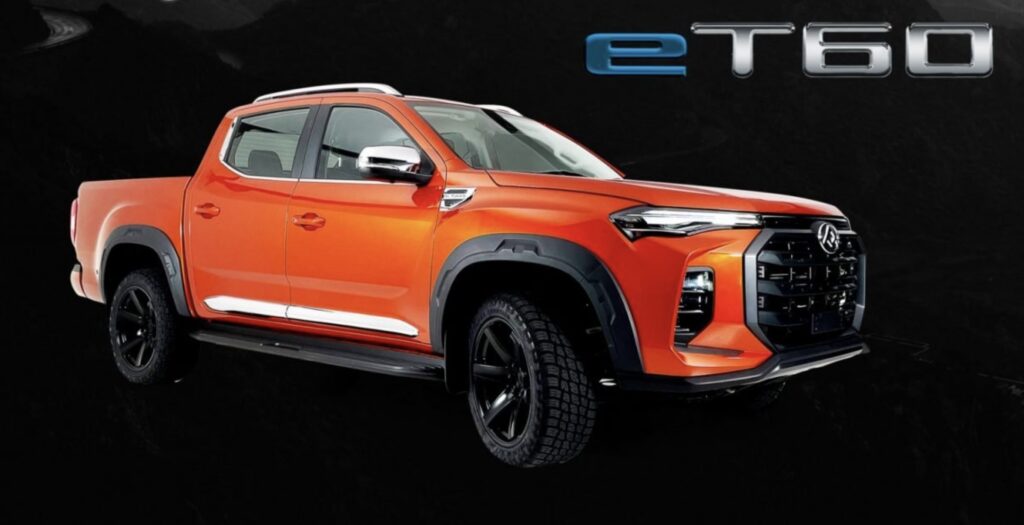
So the short story is to expect higher pricing in Australia, possibly around $80,000 or even above.
That puts it at the pointy end of the ute market typically dominated by well-specified 4WD models from brands such as Ford, Toyota and Volkswagen.
That hasn’t stopped would-be buyers from expressing early interest.
“We’ve had good solid interest,” says Chinnappa. “We’ve been talking to last-mile fleets, some government and energy utility customers … we’re holding deposits.”
Chinnappa says the early focus has been on businesses and governments looking to lower the environmental impact and increase their EV fleets

“Many, many, many blue chip companies and governments in Australia want to start the process of electrification … they see it as inevitable that Australia will follow the rest of the world eventually.”
The all-electric version of the T60 ute replaces a diesel engine with a single 130kW/310Nm electric motor powering only the rear wheels.
An 88.55kWh lithium-ion battery is claimed to provide 330km of WLTP range.
AC charging an be done at up to 11kW, providing a full charge in about nine hours; the more common 7.4kW home wallbox chargers would take about 13 hours while a regular 230V powerpoint would take about 40 hours.
Faster DC charging can be done at up to 80kW and is claimed to provide a 20-80 percent charge in as little as 45 minutes.
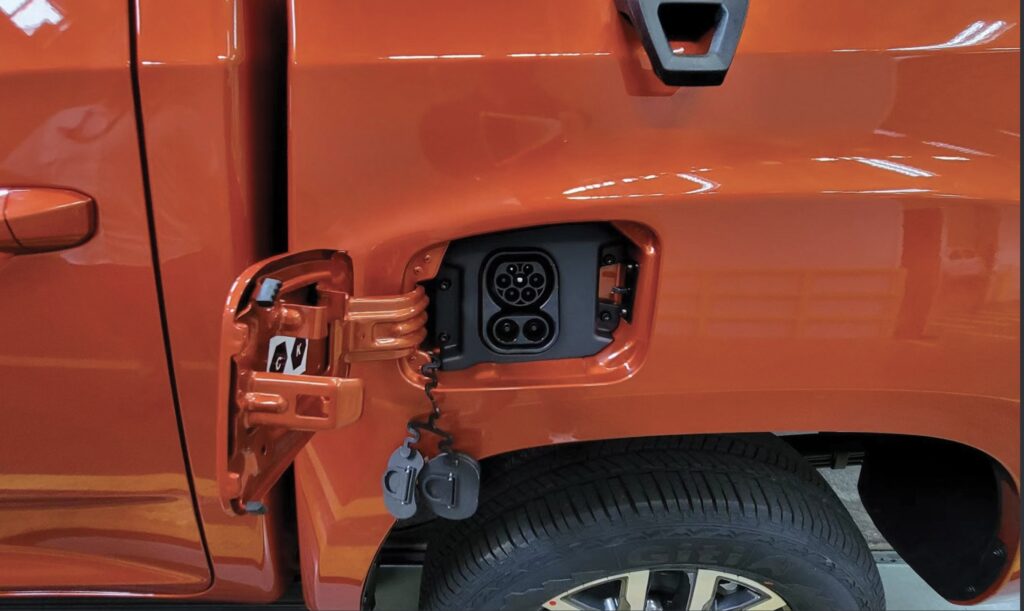
The eT60 can tow up to 1500kg, which is two tonnes less than most dual-cab utes.
That and the lack of 4×4 capability could limit its appeal.
The price is also steeper than the value proposition LDV has become known for, although the eT60 will provide relief with running costs – especially as diesel prices approach $2.50 a litre.
Charging from a home powerpoint using grid electricity would cost about $30, equating to about $12 per 100km travelled. That’s less than half the price the average diesel ute buyer would spend on fuel.
The eT60 can also provide 220V power to external devices such as camping gear and power tools.
Standard equipment should include 17-inch alloy wheels and a 10.25-inch infotainment screen with Apple CarPlay.
LDV eDeliver 9 leads EV van market
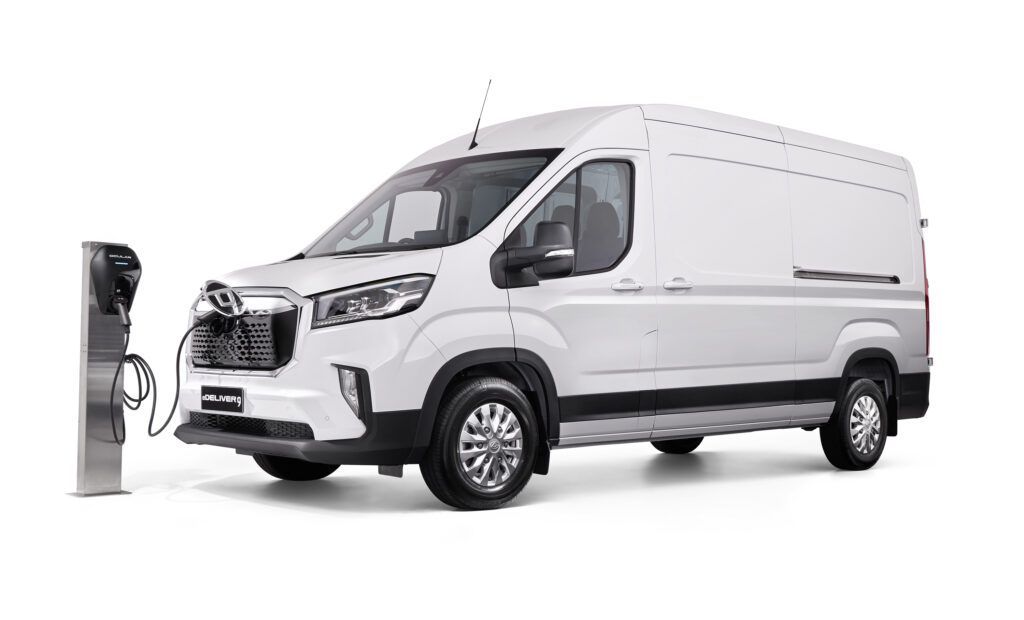
LDV’s EV journey will also include an all-electric version of the Deliver 9 van, the top selling van in its segment.
It beats the soon-to-arrive Ford E-Transit, among others – and is by far the largest electric van to be offered so far (the Renault Kangoo Z.E. is the only other electric van to be sold here – and it was only sold in tiny numbers).
Importantly, it provides companies and fleets an opportunity to switch to EV for their delivery vehicles.
Known as the eDeliver 9, the EV version will be offered only in the longer wheelbase version with the largest 88.55kWh battery.
“We’re such a big country and our cities are so sprawled out,” says Chinnappa. “We figured that an EV buyer was going to want maximum range. We believe it is best suited to the environment these vehicles have to operate in.”
In New Zealand that van sells for about $99,990 (inclusive of GST), suggesting a price tag upwards of $90,000 in Australia.
LDV Australia declined to be drawn on pricing, saying that would be announced in November when the vehicles arrive.
The eDeliver 9 uses the same basic 130kW/310Nm drivetrain as the eT60 ute.
That gives it claimed 0-100km/h acceleration of 18.4 seconds and the same charging stats as the ute (20-80 percent DC charge in as little 45 minutes or a full AC charge in nine hours).
There is 7.4 cubic metres of cargo capacity and a payload of 860kg in New Zealand, figures that will presumably translate to Australia.
With a modest 280km WLTP range the eDeliver 9 is more focused on the city and suburbs and is being positioned as the “ideal partner in last mile delivery situations”.
Small businesses and courier fleets will no doubt be high on the hit list, with overall running costs expected to offset the premium EV price tag.
LDV Mifa 9 promises space and tech
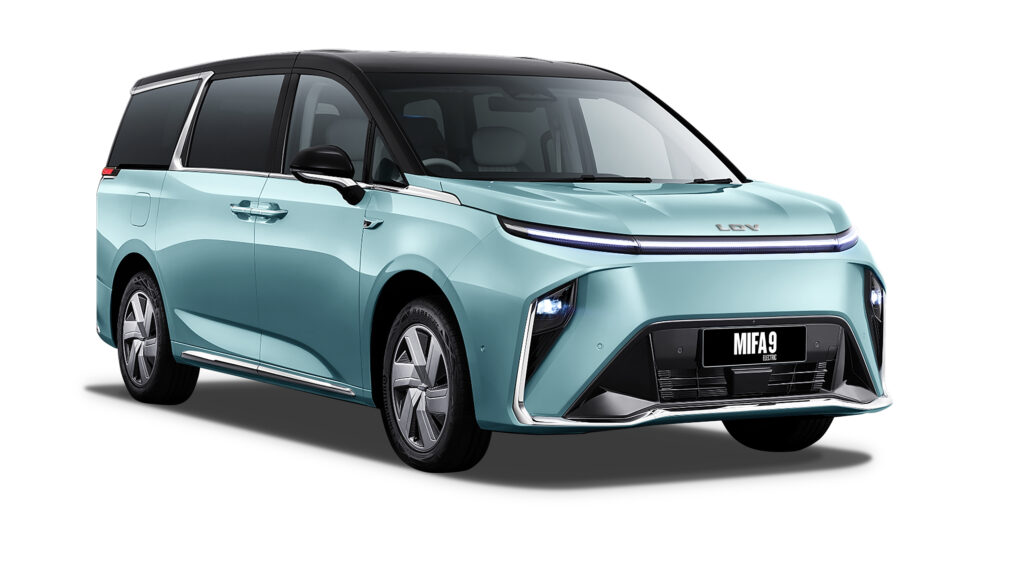
The final piece of the LDV electric onslaught is known as the Mifa 9, which recently went on sale in the UK.
Mifa is an acronym that denotes Maximum, Intelligent, Friendly and Artistic.
The LDV Mifa 9 will start life in Australia as a seven-seat people mover, but in 2023 there will also be an eight-seat model that presumably replaces central captain’s chairs with a more traditional bench.
The Mifa 9 will also come loaded with fruit, including leather trim and the latest tech.
It has also been designed to achieve a five-star NCAP safety rating.
The Mifa 9 will come with the various active safety features and driver assistance systems, including autonomous emergency braking (AEB), adaptive cruise control, lane departure warning, lane change assist and driver fatigue monitor. At this stage there has been no mention of blind spot warning and rear cross traffic alert.
No word on where it will be priced, although given the premium EV positioning we’d expect something approaching six figures.
“Mifa 9 may not be for every person in Australia but Mifa is a statement of intent of what Chinese auto is capable of,” says Chinnappa of the vehicle set to become the high-tech flag bearer for the brand.
He sees it appealing to eco tourism operators and wineries looking for an electric vehicle that can carry people in zero emissions luxury.
But Chinnappa also believes private buyers will be tempted as the model settles into the market.
“Do not be surprised when a professional family person from an upper middle class area … says we can travel with this level of opulence … and be electric with no emissions.”

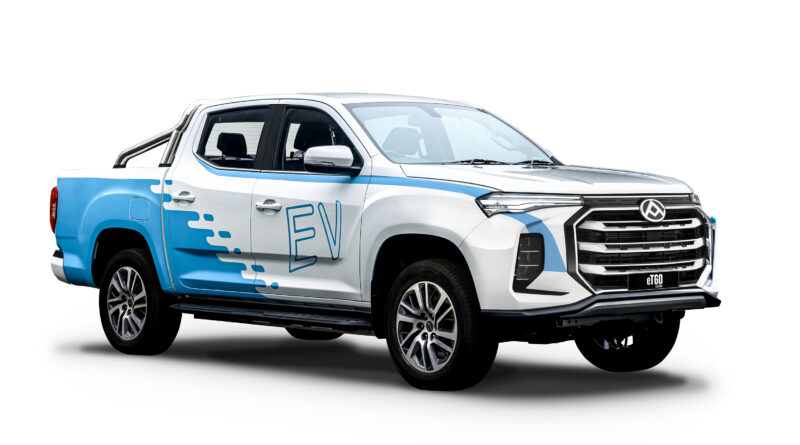
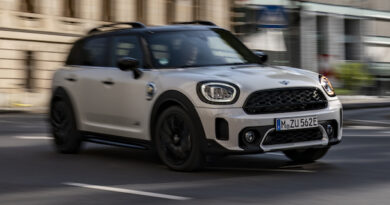
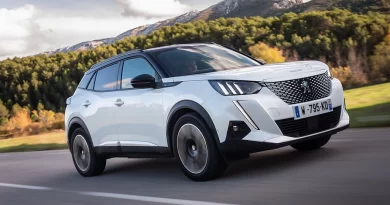
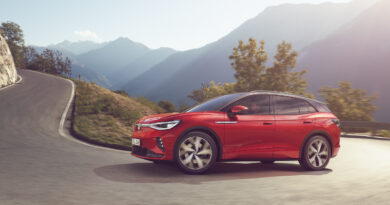
What about this one?
https://ldvshop.co.nz/product/edeliver-3-van/
When will LDV Australia, catch up with LDV New Zealand?